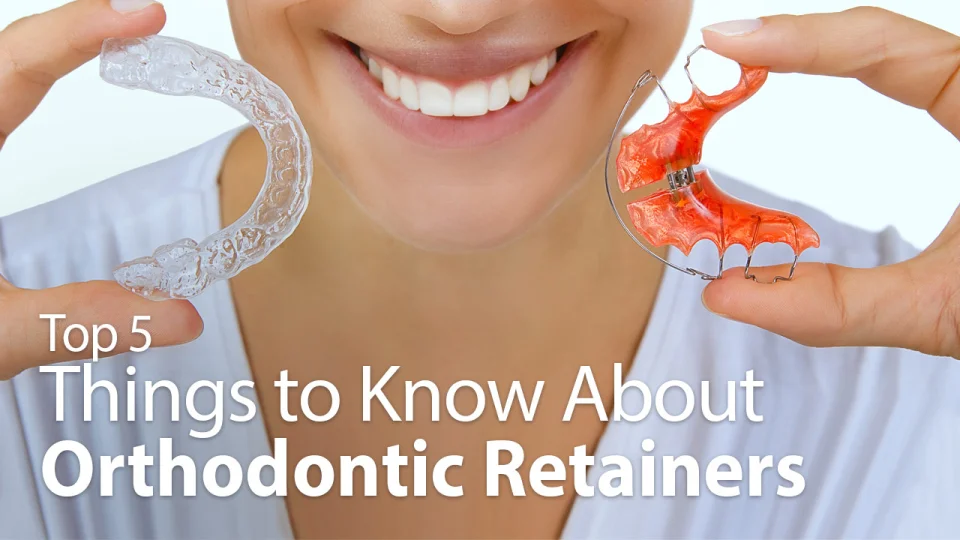The Definitive Guide to Legacy Orthodontics
The Definitive Guide to Legacy Orthodontics
Blog Article
Some Known Factual Statements About Legacy Orthodontics
Table of ContentsNot known Facts About Legacy OrthodonticsTop Guidelines Of Legacy OrthodonticsMore About Legacy OrthodonticsHow Legacy Orthodontics can Save You Time, Stress, and Money.What Does Legacy Orthodontics Do?
In enhancement, we offer flexible therapy routines, flexible settlement options and an enjoyable, satisfying experience.An orthodontist is a dental professional educated to detect, stop, and treat teeth and jaw irregularities. Orthodontists work with individuals of all ages, from youngsters to adults.
Malocclusion, or misaligned teeth, can result in dental concerns, consisting of tooth decay, gum illness, and hard or uncomfortable chewing. Not everybody is born with straight teeth. If you have a negative bite or big spaces between your teeth, you may desire to speak with a dentist focusing on orthodontic care.
The Best Guide To Legacy Orthodontics
( Picture Credit Rating: DigitalVision/Getty Images) Orthodontists utilize repaired and detachable oral devices, like dental braces, retainers, and bands, to transform the placement of teeth in your mouth. Orthodontic treatment is for oral abnormalities, including: Uneven teethBite troubles, like an overbite or an underbiteCrowded teeth or teeth that are also much apartJaw misalignmentThe objective of orthodontic treatment is to improve your bite.
A healthy and balanced bite guarantees you can eat, eat, and speak correctly. While you could think about orthodontists as mainly for kids or young adults who need dental braces, they can fix dental troubles at any type of age. Orthodontists participate in university, oral college, and orthodontic institution. After college graduation, they spend 2 or 3 years in an orthodontic residency program.
All orthodontists are dentists, but not all dental practitioners are orthodontists. Orthodontic residency programs provide extensive, concentrated instruction for oral specialists. They concentrate on two areas: Exactly how to properly and safely relocate teeth How to effectively direct growth in the teeth, jaw, and faceOnce an orthodontist has actually finished training, they have the alternative to become board certified.
6 Simple Techniques For Legacy Orthodontics
Imbalance, or malocclusion, is one of the most usual reason individuals see an orthodontist. It is genetic and is the result of size differences between the upper and reduced jaw or in between the jaw and teeth. Malocclusion brings about tooth overcrowding, a twisted jaw, or uneven bite patterns. Malocclusion is generally treated with: Your orthodontist attaches steel, ceramic, or plastic square bonds to your teeth.
Some individuals require a headgear to assist move teeth right into line with stress from outside the mouth. A retainer is a customized tool that maintains your teeth in location.
They can produce additional area in the mouth without having to pull teeth. Orthodontists utilize wires, surgical screws, or plates to support your jaw bone.
You might require to see an orthodontist if you have: Crowding or not sufficient area for every one of your teethOverbite, when your top teeth come over your bottom teethUnderbite, when your bottom teeth are as well far forwardSpacing or concerns with gapsCrossbite, which is when your upper teeth fit behind your bottom teeth when your mouth is closedOpen bite or a vertical space between your front bottom and upper teethMisplaced midline, when the center of your base and upper teeth don't align Dealing with an oral malocclusion can: Make biting, chewing, and speaking easierImprove the symmetry of our face and your overall appearanceEase pain from temporomandibular joint conditionsDifferent your teeth and make them less complicated to clean, helping stop dental caries or cavities It's usually a dental practitioner that initially notifications misaligned teeth throughout a routine exam.
Some Of Legacy Orthodontics

Throughout your first orthodontic assessment, you'll likely have: An oral examPhotos taken of your face and smileDental X-raysPanoramic (360 degree) X-rays of your face and headImpressions to develop mold and mildews of your teethThese examinations will assist your orthodontist recognize exactly how to proceed with your treatment. leesburg orthodontist. An orthodontist is a dentist who's had training to treat your teeth and jaw
Orthodontists might perform surgical procedure, exams,X-rays,and even more to assist you achieve a more comfy, much healthier smile. An orthodontist is focused on your bite, so something like a cracked tooth would be managed by a dental expert. Orthodontists are dentists yet not all dental practitioners are orthodontists. Orthodontists are concentrated on your bite, or the method your teeth meshed, and the straightness of your teeth.
Ever questioned how celebrities constantly appear to have completely aligned teeth? Orthodontists are dental professionals that concentrate on fixing abnormalities in the teeth and jaws.
Not known Details About Legacy Orthodontics

While braces are the most frequently identified orthodontic treatment, orthodontists see this have a diverse toolkit at their disposal. The particular strategy selected relies on the intensity of the instance, the person's age, and individual preferences. These tried-and-true braces make use of a system of brackets adhered to the teeth and linked by cables.
Clear aligners, like Invisalign, are a popular alternative for clients seeking a much more very discreet treatment option. These detachable trays are custom-made to progressively change the teeth's setting. Headgear may be made use of combined with braces or aligners to use additional targeted forces, specifically for fixing jaw inconsistencies. In situations of slim jaws, palatal expanders can be made use of to develop space for appropriate tooth positioning.
Report this page